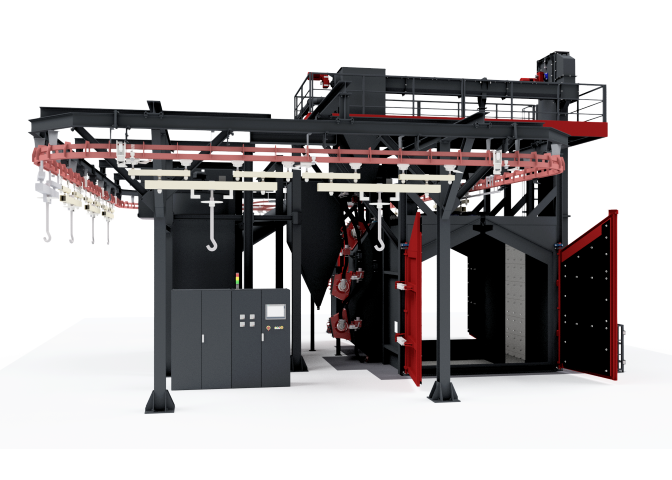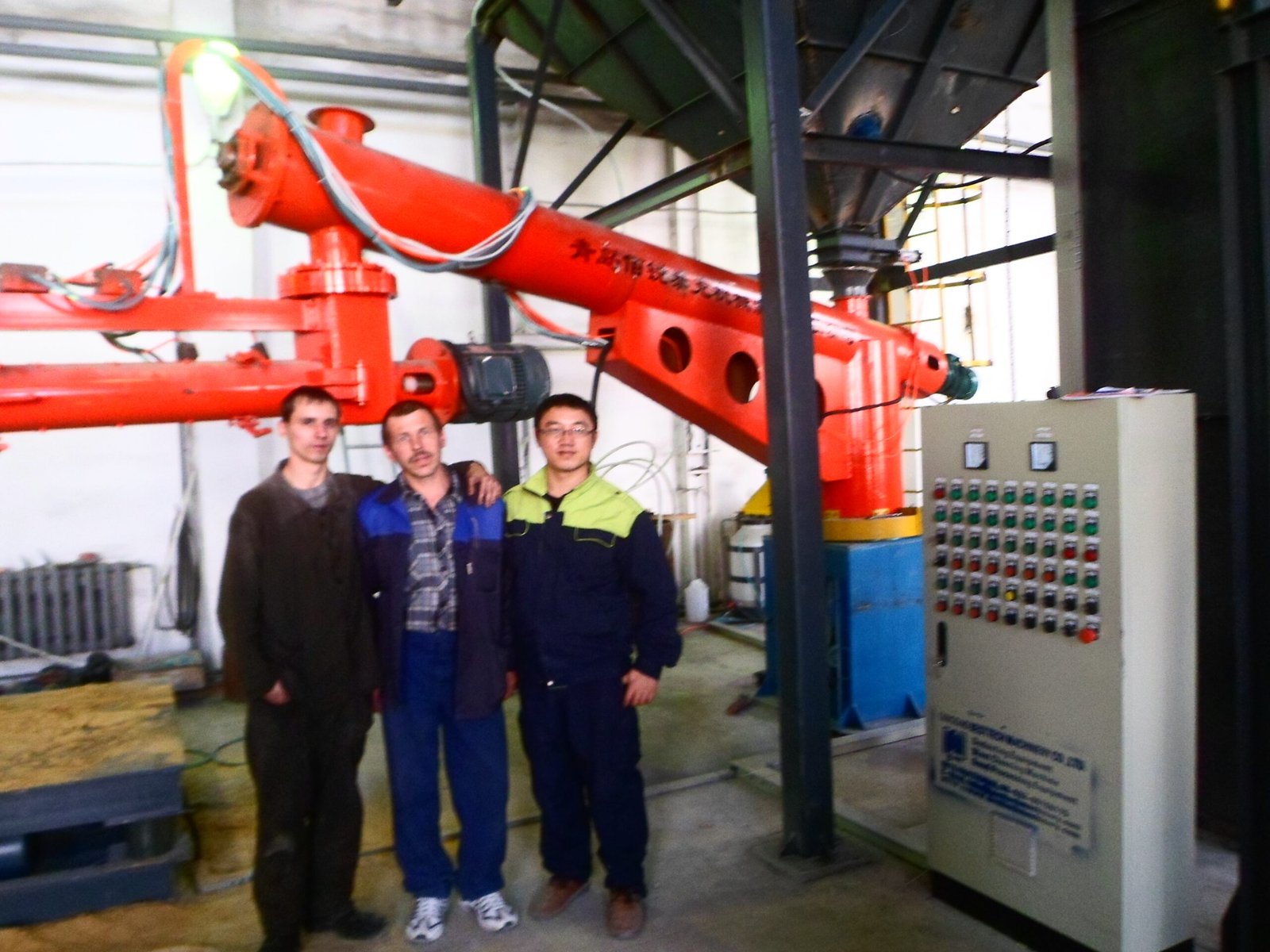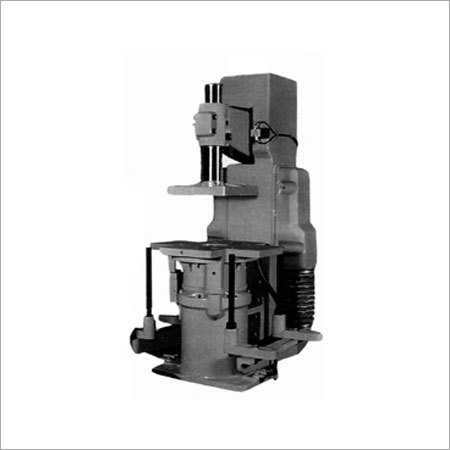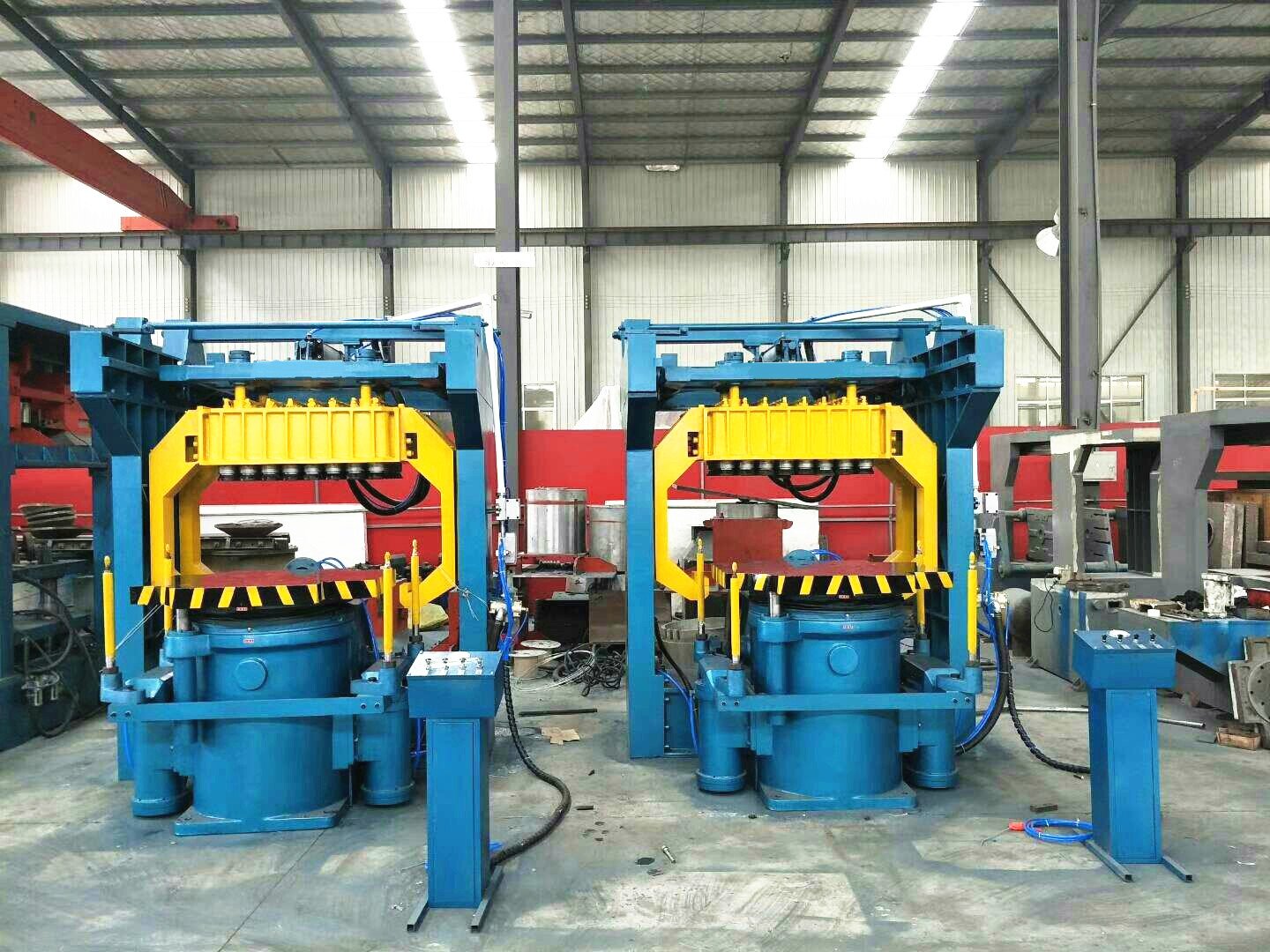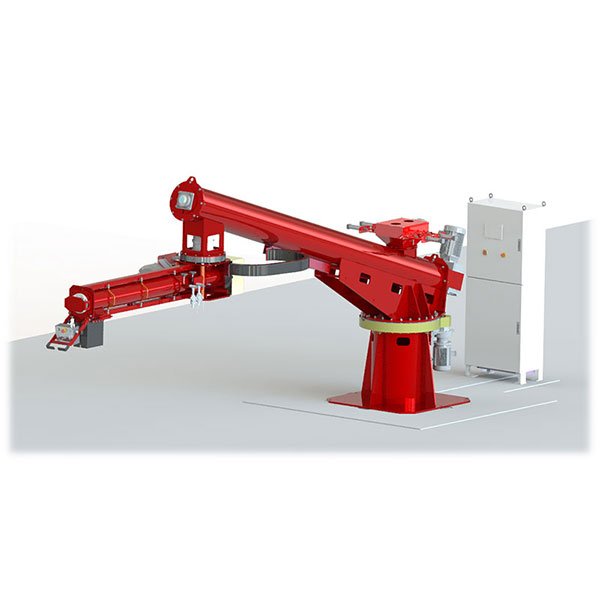Choosing the wrong foundry machine can silently drain profits, disrupt operations, and lead to long-term regret.
Avoiding common foundry machine selection mistakes is crucial for achieving efficiency, longevity, and a solid return on investment.
In my years of working with industrial clients, I’ve seen well-equipped shops fall behind due to one poor equipment decision. Let me show you how to avoid those pitfalls.
Why Foundry Machine Selection Matters
Isn’t all casting equipment basically the same? Definitely not.
Selecting the right foundry machine impacts every part of your operation—from daily output and worker safety to long-term ROI and flexibility.

Investing in a foundry machine isn’t just about equipment—it's about aligning that machine with your workflow, casting requirements, and growth strategy. A mismatch doesn’t just mean technical issues. It often leads to production delays, rising operating costs, and even loss of customers due to inconsistent quality.
Here’s what this guide will cover:
- 5 common selection mistakes based on real industry scenarios
- How to identify red flags early in the process
- A checklist to simplify your decision
Let’s dive in with mistake number one.
Mistake #1 – Ignoring Foundry Machine Compatibility with Production Needs
Think all machines perform the same as long as they cast metal? That’s the first trap.
Foundry machine selection criteria must always begin with your actual casting type, volume, and dimensional tolerances.
Too often, companies select a machine based on specs alone—without matching it to their specific production needs. I’ve seen a facility buy a high-speed green sand molding machine designed for automotive hubs, only to discover it couldn’t handle the complex geometries of their heavy-duty pump housings.
Key issues when compatibility is ignored:
- Underutilized capacity or overload failures
- Frequent setup changes and longer downtime
- Inability to meet dimensional tolerances
How to assess needs properly:
| Evaluation Factor | What to Review |
|---|---|
| Casting Type | Ferrous or non-ferrous? Simple or complex shapes? |
| Production Volume | Are you making 10 parts/day or 10,000? |
| Tolerance/Finish Level | Does your end user require high precision or rough finish? |
| Mold/Core Requirements | Manual cores or automated core shooters? |
Your selection must match not just today's requirements—but next year’s growth as well.
Mistake #2 – Overlooking Foundry Machine Energy and Maintenance Costs
Are you focused only on purchase price?
Foundry machine energy efficiency and long-term maintenance cost more than the machine’s initial price tag.

Short-term savings often result in long-term losses. A machine with a low upfront cost but high energy consumption will quietly drain your budget. I once worked with a plant where furnace running costs exceeded casting material costs—just because no one looked at energy ratings.
Maintenance is another blind spot. Machines without local parts availability or vendor support can create weeks of downtime.
Checklist: Questions to Ask the Vendor
- What is the kWh consumption per casting cycle?
- Is the machine compatible with your current energy source?
- What is the typical service interval?
- Are spare parts locally available or need importing?
- Is predictive maintenance available through sensors?
| Cost Factor | Low-Cost Machine | High-Efficiency Machine |
|---|---|---|
| Energy Consumption | Higher | Optimized with variable control |
| Maintenance Downtime | Frequent, unpredictable | Scheduled, monitored |
| Total Ownership Cost | Often underestimated | Transparent and scalable |
Efficiency today means profitability tomorrow.
Mistake #3 – Not Considering Space and Workflow Integration
Is the machine perfect on paper, but impossible to fit in your plant?
Foundry machine installation requirements must be aligned with your available space, material flow, and future layout expansion.
Layout is not just about square meters. It’s about flow: raw materials in, castings out, waste removed—without crossing paths. A machine that blocks forklifts or backs up the mold line becomes a liability.
Common layout mistakes I’ve seen:
- Installing machines too close to walls, limiting maintenance access
- Ignoring ventilation and dust extraction paths
- Underestimating height requirements for loading/unloading
- Forgetting about auxiliary equipment like compressors or chillers
Tips:
- Map your floorplan before selecting equipment
- Ask vendors for 3D CAD layout options
- Plan room for operator movement, safety zones, and forklift lanes
- Consider future scalability—can you add a second line easily?
Space optimization is one of the most overlooked yet impactful factors.
Mistake #4 – Choosing Based on Price Alone
Saving money upfront can cost you later in downtime, scrap, and upgrades.
Foundry machine investment mistakes often start by focusing only on price rather than performance and total cost.

I remember a client who purchased a low-cost imported molding machine. It looked impressive on video. But after three months, they discovered it had poor casting consistency and zero vendor support. The savings vanished after the third emergency breakdown.
Evaluate using value metrics:
| Factor | Why It Matters |
|---|---|
| Repeatability | Reduces scrap, improves casting confidence |
| Cycle Time | Impacts total production output |
| Integration Flexibility | Can it connect to existing core or pour systems? |
| Vendor Support | Essential for training and service |
| Quality Certifications | ISO 9001, CE, or other relevant standards |
Make decisions that pay off over 5–10 years, not just in the next quarter.
Mistake #5 – Skipping Vendor Research and After-Sales Support
Even the best machine is useless without the right partner behind it.
Foundry machine supplier evaluation is critical to long-term reliability and operational support.
Support is not a bonus—it’s a requirement. I’ve personally flown overseas to fix issues for clients because their supplier disappeared after delivery. That should never happen.
What to look for in a vendor:
- Proven track record in your industry
- Local support teams or regional reps
- Strong documentation and training resources
- Spare parts supply guarantee
- Willingness to customize
Red Flags:
- No client references
- No documentation before purchase
- Unclear installation or warranty terms
A reliable vendor saves you more than any machine spec ever will.
Bonus Tip – Failing to Future-Proof Your Foundry Machine Purchase
Is your machine ready for tomorrow’s demands?
Machines should be designed with automation, data, and AI-readiness in mind—not just today's specs.
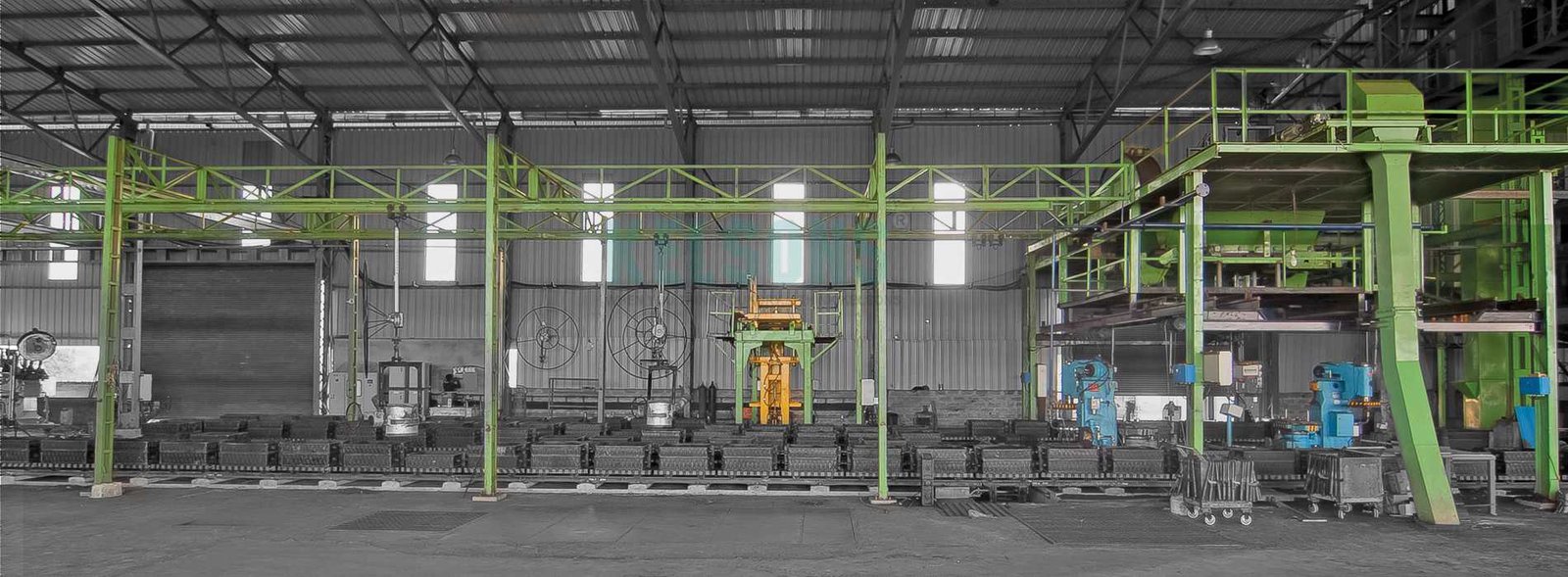
Foundry technology is evolving fast. AI-based monitoring, 3D sand printing, and remote diagnostics are already becoming standard in leading operations.
What to look for:
- IoT-enabled control panels for real-time diagnostics
- Modular components that allow for future upgrades
- Compatibility with MES/ERP systems
- Automation-ready interfaces (robots, conveyors, etc.)
Even if you're not implementing Industry 4.0 now, your machine should be ready for when you are.
Foundry Machine Selection Checklist
Simplify your next machine purchase with this printable list:
| Evaluation Category | Questions to Ask |
|---|---|
| Production Fit | Does this machine meet my casting type, volume, and finish specs? |
| Installation | Will it fit my current and future layout? |
| Energy Efficiency | What are the operational and utility costs over 5 years? |
| Vendor Support | Can I access support, parts, and training locally? |
| Maintenance & Uptime | Are predictive maintenance tools available? |
| Certification | Is the machine certified to meet my market or industry standards? |
| Future Readiness | Is the system modular or automation-compatible? |
Print it, use it, and revise it for every investment meeting.
FAQs About Foundry Machine Selection
How long should a good foundry machine last?
With proper maintenance and upgrades, 10–20 years or more.
What certifications should I check for?
Look for ISO 9001, CE Mark, UL, or country-specific industrial equipment safety marks.
Can foundry machines be customized?
Yes. Most vendors offer tailored options based on casting type, size, and process requirements.
Conclusion: How to Choose the Right Foundry Machine
Choosing the right foundry machine is not just about specs—it’s a strategic decision that affects every aspect of your operation.
Avoid the top mistakes: don't skip compatibility checks, energy reviews, layout planning, or vendor vetting. Instead, make a smart, data-driven investment that pays off in quality, uptime, and long-term growth.

